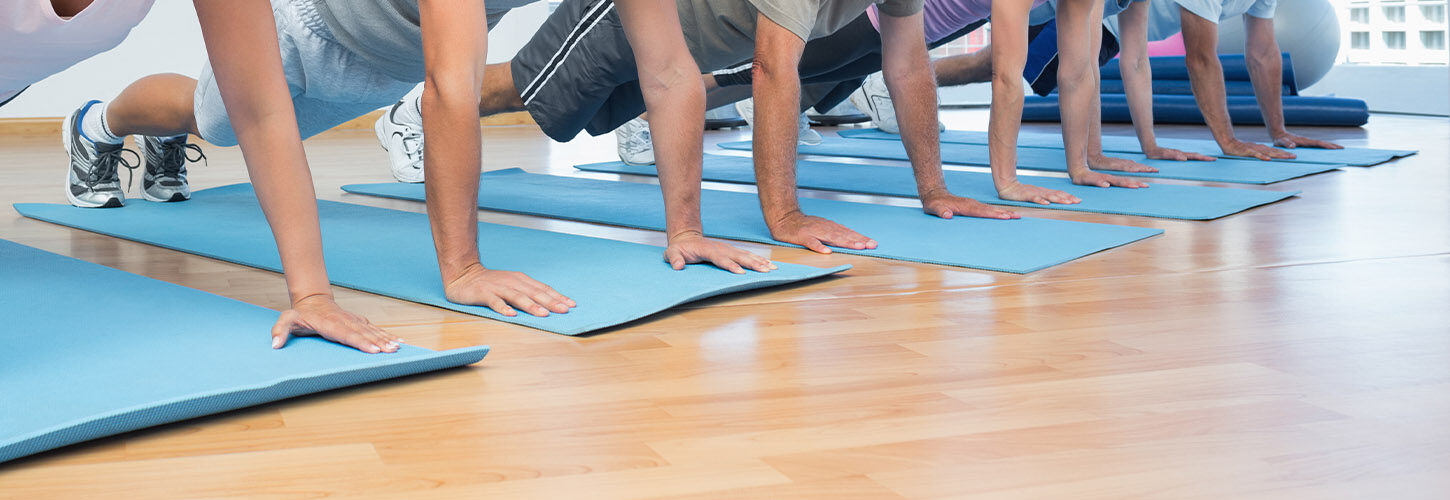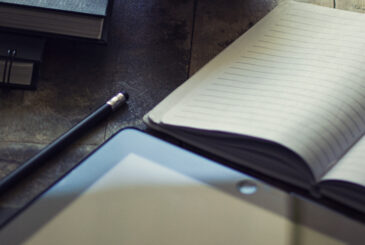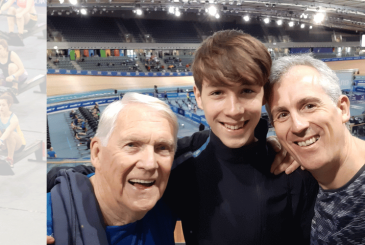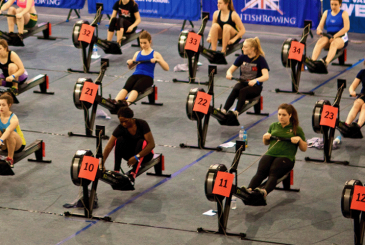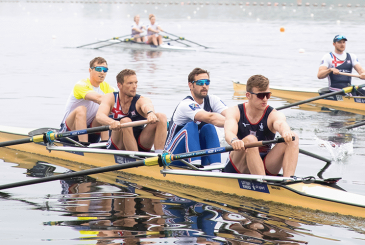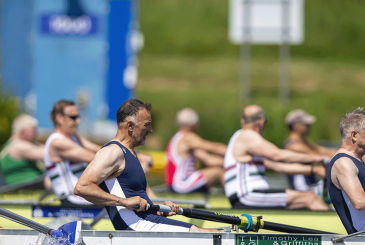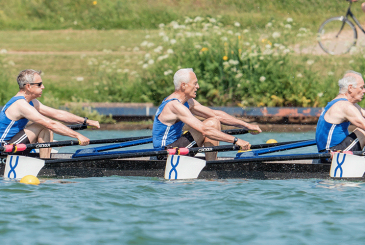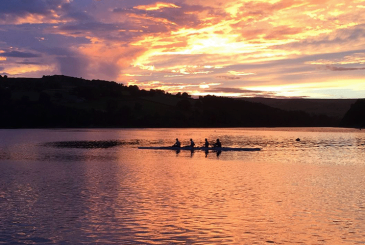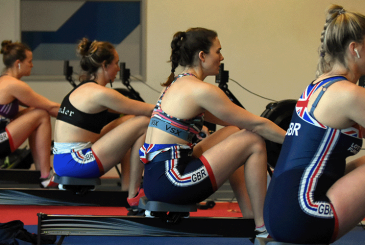The core is made up of a group of connective tissues and muscles which live mainly in our torso, but influence the entire body. In essence, any muscle that attaches to the spine or pelvis can be considered part of your core. Some of those tissues act as scaffolding providing structure and stability from the hips up to the neck and shoulders, whilst others deliver power, absorb force and help us to move.
Core muscles
Those stabilising muscles include the pelvic floor, diaphragm, transversus abdominis (TVA), internal obliques and multifidus. The job of this type of deep lying musculature is often more subconscious and endurance based – things like maintaining posture or pelvic alignment and supporting the loads taken from movement in the arms and legs, for example.
Other core muscles are those closer to the surface which act as the big movers. They are linked to more explosive movements and include the gluteus maximus, external obliques and the much-coveted rectus abdominus…the abs.
Common misconceptions
There are many misunderstandings when it comes to core training, which are usually linked to exercise choice and the expected outcome. Holding a plank for 7 minutes does not necessarily cross over into your ability to row, for example – it means that you are good at planks. That type of static hold or isometric contraction, held for a short period, is useful for core strength but is by no means the silver bullet we have been led to believe. Adding movement to planks and side planks is a way to make them more useful as well as more challenging. Try changing the foot position or taking your hands for a walk to vary the demand.
Movement is key to improving the strength and stability of the core. Short motions such as crunches don’t really have much effect on overall strength. A rippling 8-pack is a reflection on the dietary habits of the owner rather than a display of core strength. Reducing core training to just ‘hitting the abs’ is the ultimate misconception.
The true nature of the core is that everything in our body is connected to and has influence. Anything above and below our centre is important when considering your core training. Moving our hands and our feet will facilitate a reaction in that centre. If we take a weight over-head, there is a core reaction from the top down. If we squat or lunge or run, then we get that core reaction from the bottom up. In practice the trick is to allow the whole body to drive movement, getting everything involved to spark a response from the core.
How this relates to rowing
The natural question thrown up by a whole-body approach to core training is – how does that relate to rowing? If you spot me in the gym busting out rotational lunges and walking kettlebells swings, then it doesn’t look much like rowing. The perception being that when rowing I’m in a fixed position (feet locked in, butt firmly on the seat, hands gripping for dear life) with the core simply tipping me forward and back as I flow.
Well, despite travelling in just one direction with a lot of flexing and extending, we also have rotation to allow the shoulders and thighs to better position themselves for the task. Ultimately by working the core to move forward and back, side to side and in rotation allows for maximum stability and supplies the power needed to aid every stroke.
Core tips
- Move In 3D – moving in a more varied and progressive way is the best approach to developing the core. After all, you are a multidirectional being!
- Variety – incorporating tools such as kettlebells and sand bangs into your training is a great way to improve core strength. The design of this type of equipment demands that your body must stabilise, adapt and react to their shape and unorthodox movement.
- Whole Body Approach – swap crunches and leg raises for multidirectional lunges, overhead squats and snatches – those exercises which require your body to work as one unit.
- Balance – adding stability-based exercises into your routine is an absolute must. Training drills that involve a little instability and asymmetry help rowers connect with their centre of gravity. Factor some single leg squats, single arm push, press and pulling motions into your sessions to further challenge your core.


